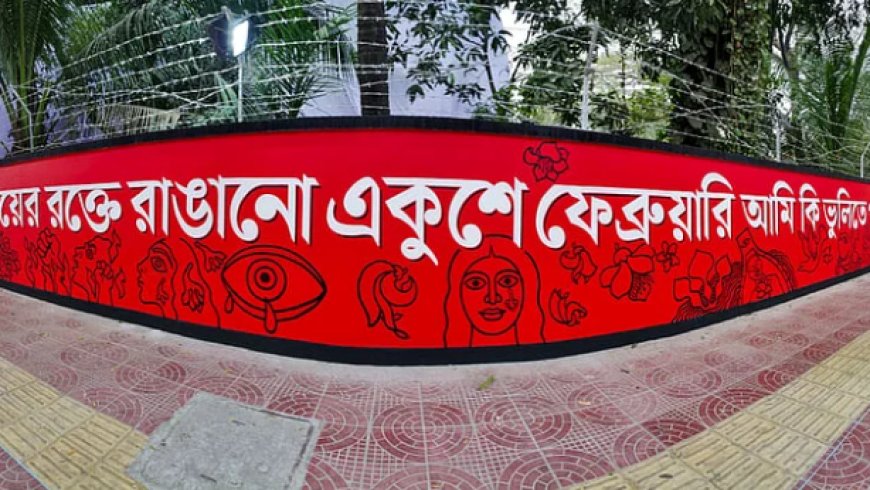There are about twenty one questions about the job
There are about twenty one questions about the job

21st February is the most bloody significant day in the history of National Language Movement. Many unknown people were martyred on this day in 1952. Poems, songs, plays, novels, essays have been written in the context of this event; Shaheed Minar, the film was made. Questions from these subjects come in various job exams including BCS. Here are some important facts about language movement.
First language martyr
Rafiquddin Ahmad was the first martyr of the 19th century. He was a second year student of Commerce Department of Manikganj Devendranath College. His father's name is Abdul Latif and mother's name is Rafiza Khanum. Rafiq Uddin was born in 1926 in Singair Upazila of Manikganj. He was martyred on 21 February 1952. During the incident, the students took refuge in the barracks of Dhaka Medical College after being hit by police lathi charge and tear gas. At that time, his skull was blown off by police firing. He fell to the ground and died instantly. In the presence of Magistrate Obaidullah, Imam Hafiz Abdul Ghafoor of Azimpur Mosque performed the Janaza. He was secretly buried in Azimpur graveyard without informing his relatives. Language Shaheed Rafique was posthumously awarded the Ekushey Padak in 2000.
First Shaheed Minar
The first Shaheed Minar was an 11 feet tall pillar with 3 tiers. The pillar was built late at night on 21 February 1952 by the initiative of Dhaka Medical College student leader Golam Mawla and his associates. About three hundred students of the medical college were behind this initiative. The construction of the minaret was completed on 23 February. The original design of this pillar was done by Badrul Alam, a fourth year student of Dhaka Medical College. Another medical student named Syed Haider was involved in almost everything from design to construction. The minaret was demolished by the Pakistani government on February 26, 3 days after its construction. It is in this context that Alauddin Al Azad wrote the poem 'Smritistambha'. There the poet said: 'The tower of memory is broken? What to fear friend, we still have four crore families.
The first leaflet
In response to the events of the afternoon of 21 February 1952, a leaflet was produced that evening. Alauddin Al Azad, Mostafa Nurul Islam, Fazle Lohani and Hasan Hafizur Rahman were associated with this plan. The leaflet was printed at Pioneer Press across the street from Saugat office in Patuatuli. It was written, 'I will dig the graves of tyrants with the spade of revolution.' It was written by Alauddin Al Azad. Hasan Hafizur Rahman was in charge of printing. Leaflets were distributed in Dhaka University and Palashi barrack area at night.
First poem
The first poem written on 21st February is called 'I have not come to cry, I have come with a demand for hanging'. The author of the poem is Mahbub-ul-Alam Chowdhury. The poem was composed on 21 February 1952 at 7 pm. The next day on February 22, Chowdhury Harun or Rashid recited the poem at Laldighi Maidan in Chittagong. This poem of 17 pages is printed from Kohinoor Press, Andarkilla. Its publisher is Kamaluddin Khan. The price is two annas.
first song
Ekush's first song 'Bhulob Na, Bhulob Na, Ekushe February Bhulob Na'. The song is written by linguist AN M Ghaziul Haque. On February 21, 1953, the song was sung in a public meeting at Dhaka's Armanitola Maidan.
What's Your Reaction?















